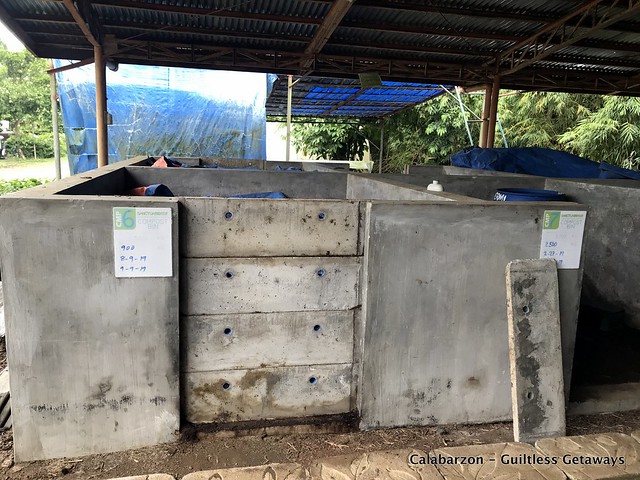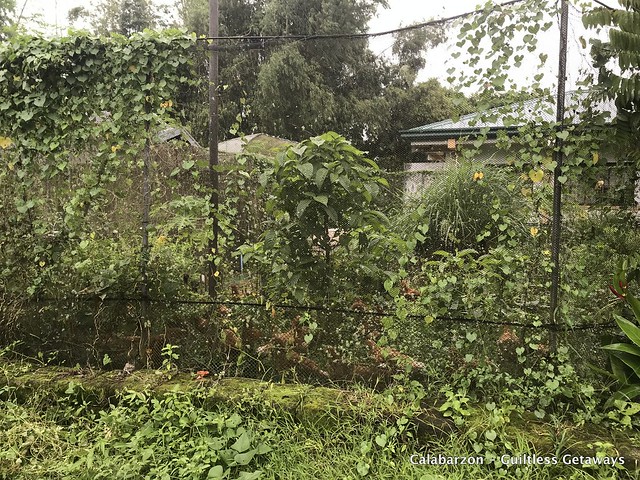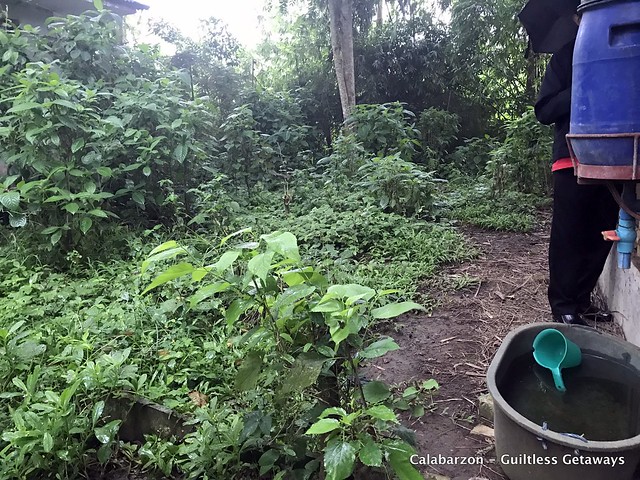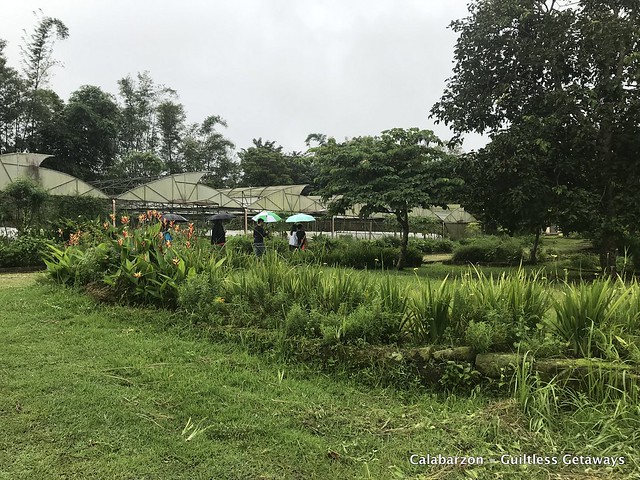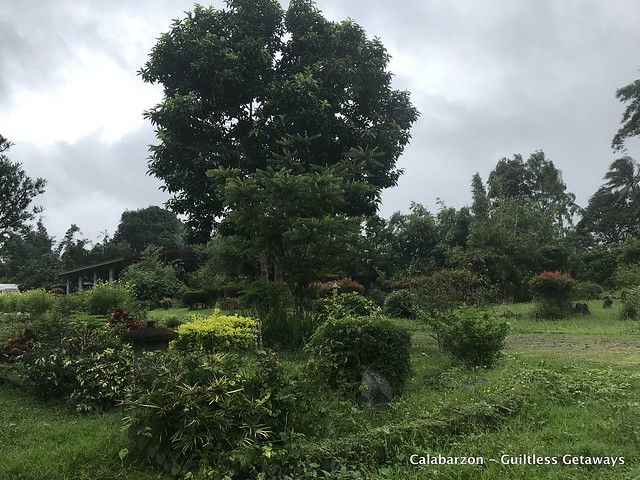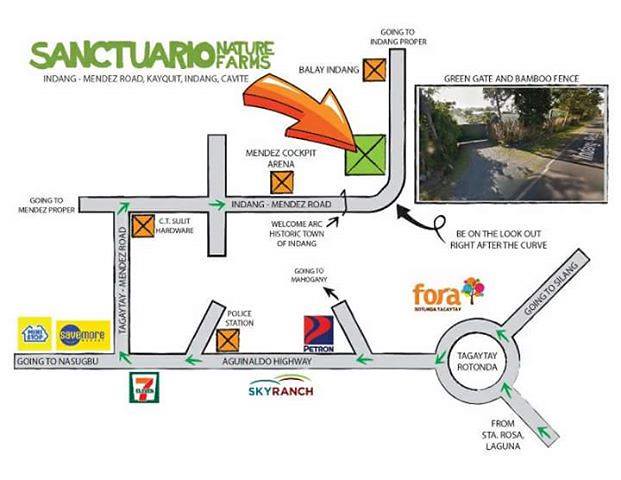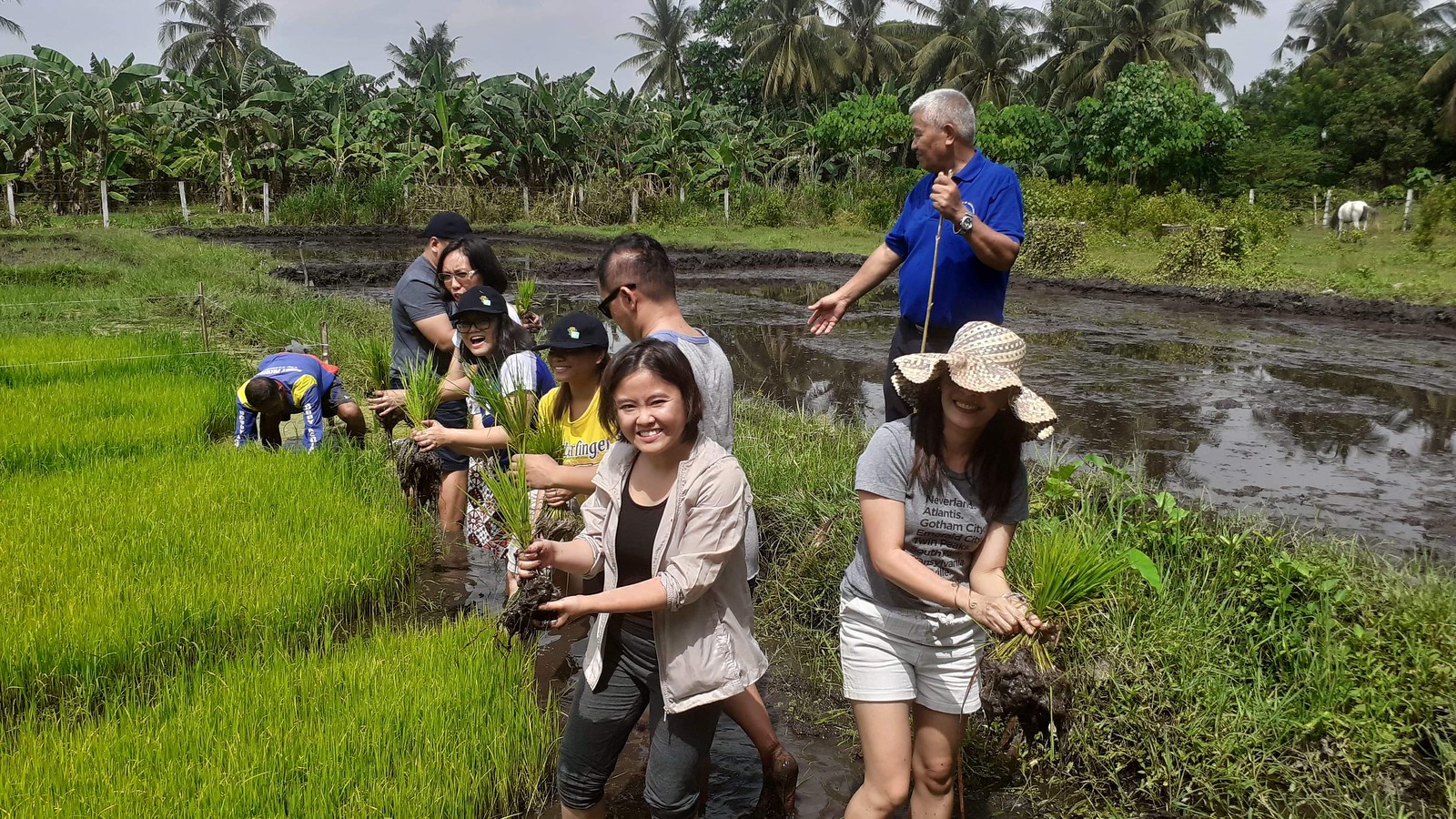If you have time to spare and want a ton of practical knowledge and tips, I suggest you visit this NGO operating Sanctuario Nature Farms near Manila! They're devoted to finding new technologies and economic ways of farming and teaching others (esp. future agriculturists) how to farm and earn money from it! They have a partnership with Cavite State University to send OJTs there where they let the students use a plot of land and water to grow what they want as their final entrepreneurial development project (EDP). Any produce is theirs to sell so they learn to grow, research, budget and market the produce at the same time so the younger are reminded that there is money in agriculture and it can actually be fun. We only spent 1.5 hours there and despite the rain, I was on farming info overload from Farm Operator Manager Michelle (Mitch) Razo haha. She is very generous when it comes to tips and recipes so I wanted to share some of the things I learned with you too - on vegetarian vermicompost, plant introductions, concoctions and practical farming! Aside from being an accredited Agricultural Training Institute (ATI) Learning Site, they are also TESDA accredited to conduct trainings and seminars for the public on organic farming.

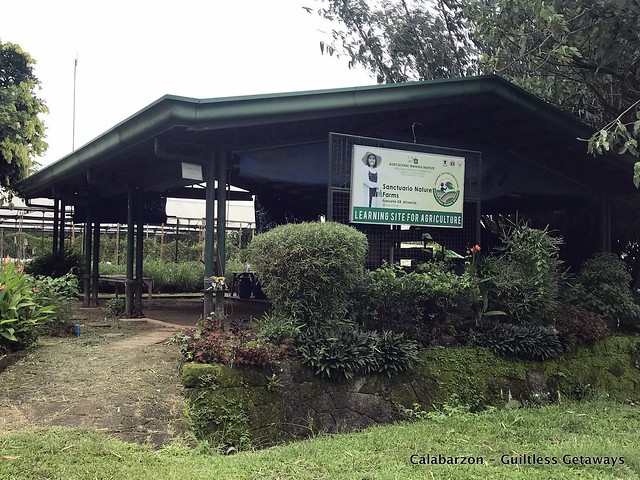
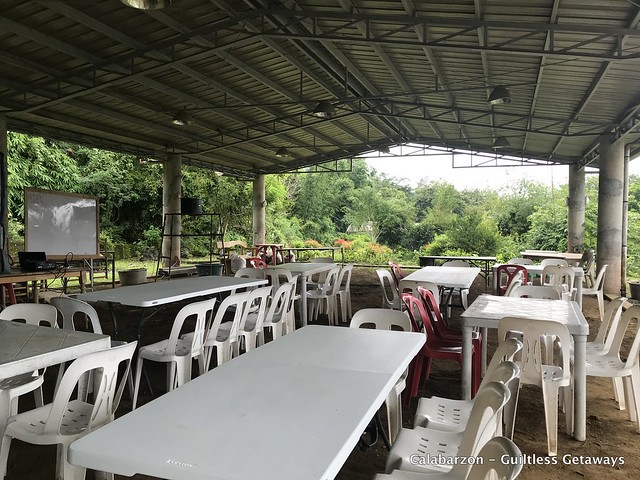
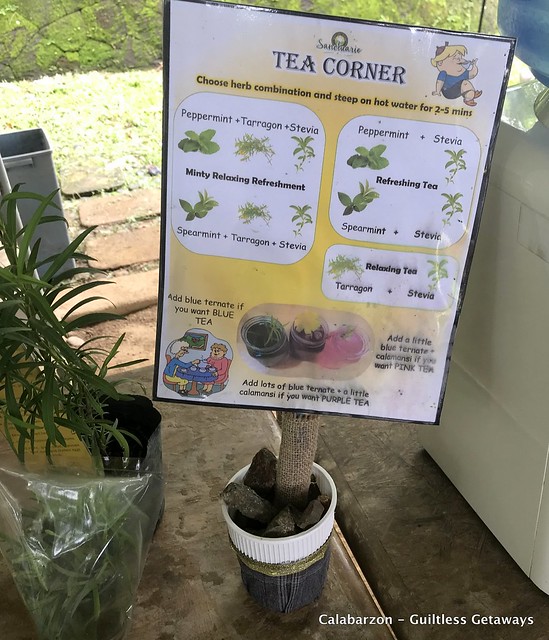
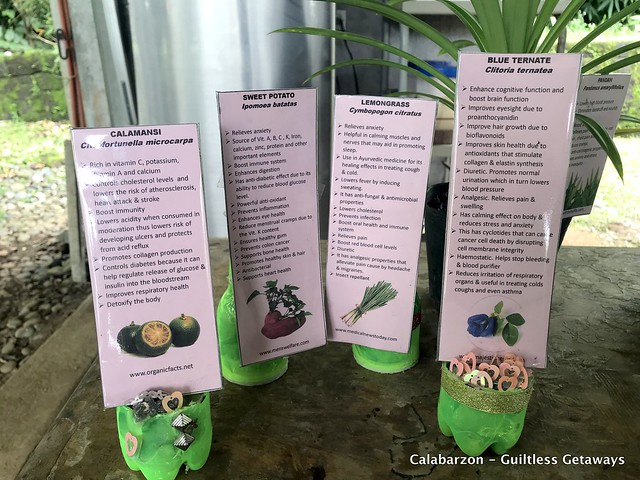



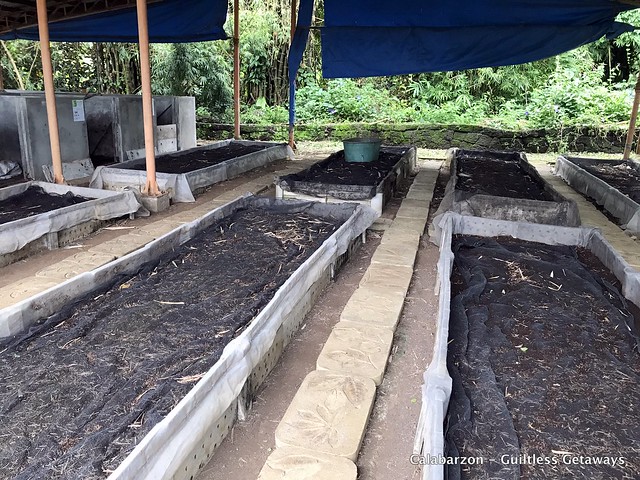
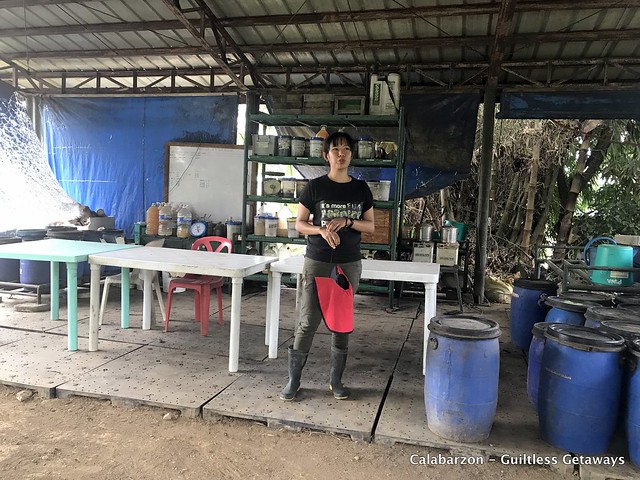



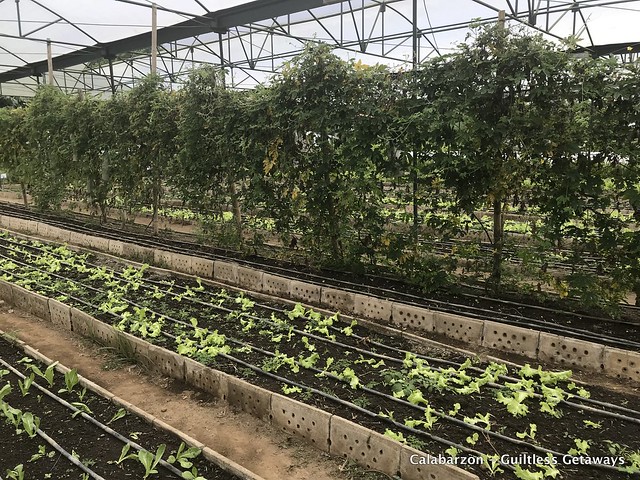
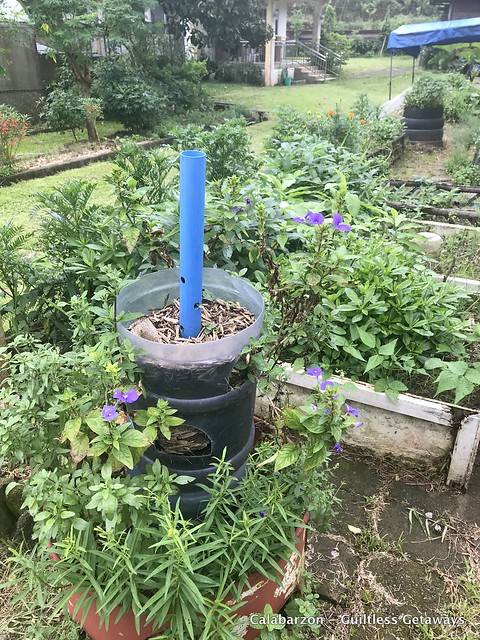


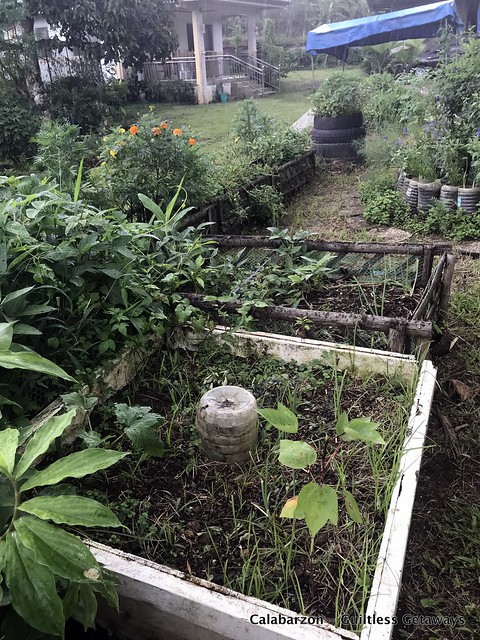

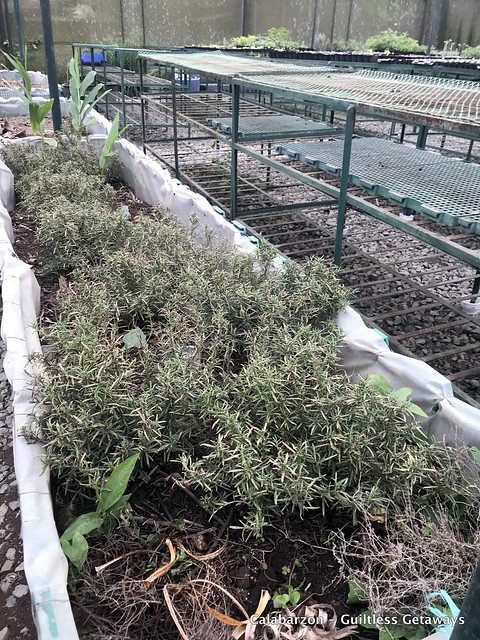


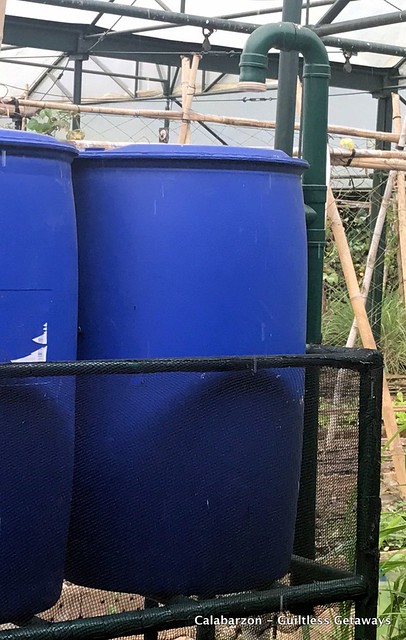

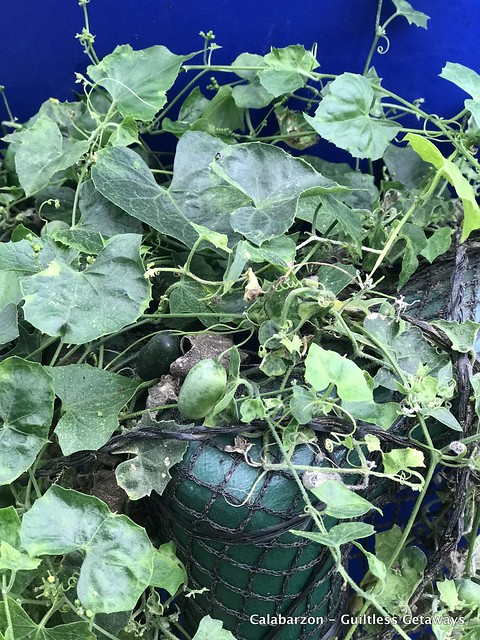
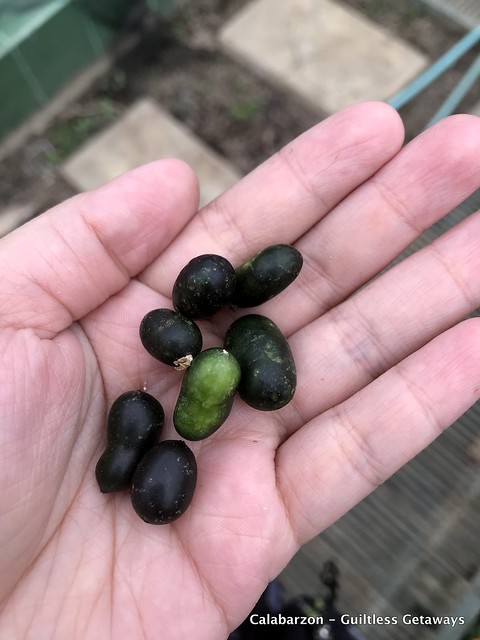
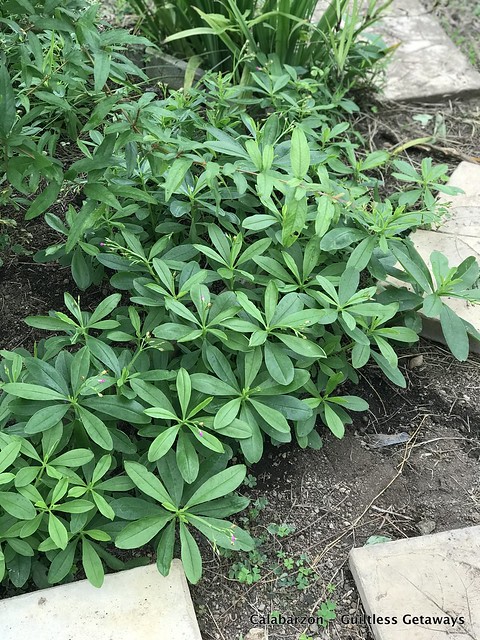

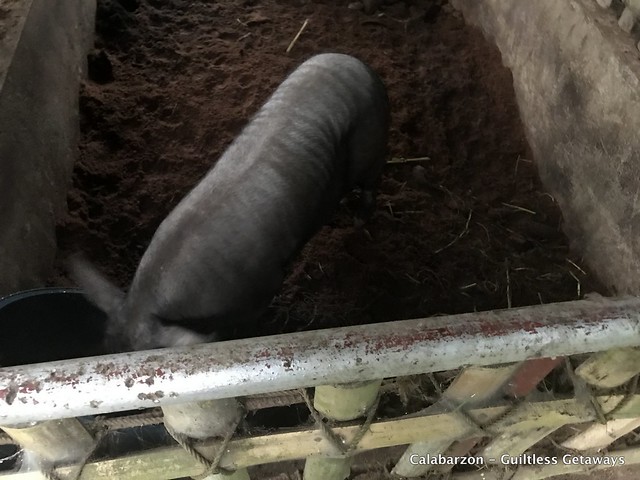
1. Fermented Plant Juice (FPJ)

For more info on the sites we visited and if you're interested in Philippine agriculture, farm visits and organic farming, check out the ATI, E-Extension and Department of Agriculture websites.

We travelled a few hours from Manila with the ATI to see this 2.5 hectare techno-centric farm for ourselves. Would you believe that this research-oriented farm is only rented and their NGO exists because they just want to educate more people about organic farming? Today, all fruits, vegetables and herbs of Sanctuario Nature Farms are already organic certified by NICERT (check out this link to know more about the certification bodies in the Philippines). They also have seminars for the public including one called Gulayan sa Tahanan: Malusog na Pinoy, Masaganang Hapag-kainan where you do your own garden mixture!

Participants get to learn in a large open-air area. Their dorm can accommodate about 13 people.

One thing we all need when we just get to a farm are their signature drinks! Here, they encourage participants to pick their own herbs and mixes to put in their DIY tea, with detailed descriptions about each one. You are to trim young leaves for tea and leave enough for it to live if you are going to plant them.
Melod

I got me some mint cuttings haha. I am supposed to put them in water for three weeks or plant them in soil.

One thing I wish I could have constant supply is pandan. It has a very calming aroma for me.

For a healthier sweet option, add stevia.

I liked their version of this refreshing juice most - Camote Tops, Calamansi, Sugar/Honey and Blue Ternatea.
Here's the recipe:
Boil 100g camote tops for 5-15 minutes in around 3 liters of water.
Add brown sugar or honey to taste.
Add around 100g calamansi and blue ternatea.

We headed to the vermicompost area first, which they put in almost everything around the farm. No animal manure is used since these need to be processed properly. They call theirs vegetarian vermi because they mainly eat kakawate (madre cacao), ornamental plants and those plants that they collect and purchase, which were cut down from nearby farms. They harvest big African night crawlers (ANC) manually every 3 months and leave the small ones for the plots around the farm. 5 kilos of worms can easily turn into 10 kilograms!

I think it is very important to label properly in farms so maybe you can adopt this simple method!
Vermibin Name: e.g. CA 2
Vermifeed: kgs of stuff you fed the woms e.g. 540 kg
ANC: how many kilos e.g. 2 kg
Date: when you put the vermifeed and worms in the vermibin e.g. 7/20
Date: when you can harvest e.g. 10/20
But before they feed the worms in the vermibed, the vermifeed has to compost first for 3 weeks to one month! They have this around 1.5 cubic meters of composting bins right next to the beds. They have around estimated 900 kgs of shredded materials in there including branches and twigs. Usually, they put all plants in the farm except bamboo and plants with diseases. Important ingredients that shouldn't lack are kakawate (madre cacao), ipil ipil and napier. If they get untreated wood without chemicals then they grind that into sawdust and put it in also, along with mushroom spent and banana trunks and their concoctions.
If you're wondering why they don't use bamboo, Mitch said that it is high in lignin that the worms cannot digest properly. But bamboo is great for mulching (ground cover) and they use it in the plots to prevent weeds.
I felt like I was getting smarter and thought I could handle making organic concoctions next! I've always seen these in other organic farms but this is the first time I was hearing about the OHN (oriental herbal nutrient) process. I just always thought about putting dishwashing liquid and water (now add also oil) would make pests go away in plants. Haha. This tonic is used to revigorate weakened crops to activate growth in plants and to sterilize them. It discourages harmful microbes by encouraging beneficial microbes in the soil and plants. They mix garlic, onion and ginger with vinegar (lambanog for rainy days).
Here in the plant-based concoction area, Mitch told us that for calcium source fertilizer, you can get egg shells, remove the thin film, mash the shells and bake under the sun, then "sangag" until golden brown. For 100 grams of eggshell, add 900 mL of vinegar (1 is to 9), 2 tbsp per liter of water.
For FPJ (fermented plant juice) and FFJ (fermented fruit juice) recipes, please refer to Mitch's blog for precise instructions. They also mix oregano, herbs, malunggay, talbos ng camote and molasses to give to chickens for strength. They use other FPJ except those with mayana for chickens as well. Have you heard of the Fermented 3C? She said to ferment cucumber, celery, carrot and muscovado for 2 weeks and humans can try to consume this.

Their regular lettuce harvest is at 130kg and supply to Korean restaurants! We sure do consume a lot of those, esp. with samgyeupsal hehe.

They also have this to plant leafy vegetables. You need to raise the cover when watering the plants and if it's too hot.

Here, they also have cucumber, french beans, herbs

and mix vine-y plants and leafy veggies together.

We move on to the "pang-tamad" way of gardening next haha. For this concept, you need a 5-gallon container and a tube. Put holes around as seen in the picture. All big holes in the 5-gallon, you can plant with various stuff like herbs mint and tarragon at the bottom and leafy veggies and flowers on top. According to Mitch, all herbs (except rosemary and fennel) can be put together in one container as long as you put organic fertilizer weekly and trim the leaves regularly. Watch out for flowering (they die after) also if your intention in to harvest leaves. As for the middle blue tube, put chopped compost or kitchen waste for the worms and so that the water reaches the bottom and middle parts.
Melod

We are familiar with square foot gardening but this one comes with compost and bottles with holes. They just put layers and layers of kitchen waste and weeds to decompose until this is around 12 inches soil already. Just remember to add browns and greens. Then the bottles are there for watering the whole square foot.



This is their nursery for bird protection. They placed many herbs around the sides for pests. They also save seeds of plants like lettuce, coriander, okra so that they cut back on costs for inputs.

They use OHN and wood vinegar to treat rosemary for aphids.

This is their DIY rainwater harvesting system. The tanks fill up together and the overflow just goes to the ground.



They probably automatically water the pipinito first! Mitch says they can get P100 per kg for the light green ones (eat those only)! These are very low maintenance they said and prefer to be wild and undisturbed.

Of course, I tasted it! Haha. It was very crunchy and tastes like cucumber! Yummy!! You get the deep green ones and squish them to plant. Water every day then forget about it hahaha.

I think this is my favorite find of all for this trip. This is my kind of plant!

Mitch says to always bring scissors and somewhere to put your haul whenever you go to farms hahaha. I'm planning to bring small jars in different sizes next time LOL. I brought home some talinum also - great for animal feed and anti-cancer they said. It can be cooked and put in monggo soup, just don't eat it raw too much.

You do the cuttings like so. Remove the flower and press the soil at the bottom towards the cut and cover it completely. Put in shaded area for 2 weeks. You can also cut the leaves in half to encourage rooting and so the plant doesn't waste its energy in the respiration or transpiration process. This is commonly done for oregano, mayana, camote, trichantera, talinum, etc. according to Mitch.

As for their chickens, they put the feed (plant) inside the cage with them haha. Oo nga naman...
They also do this for pigs!

Lastly, I learned about the mayana. They come in around 6 colors at Sanctuario Nature Farms. According to Mitch, this a good fungicide for plants and you can do 1 out of these 4 processes with it.
1. Fermented Plant Juice (FPJ)
2 parts leaves (mayana, oregano, kakawate)
1 part molasses
Minimum 2 weeks fermentation
2. Maceration Process
Blend or chop thinly the mayana and 1kg oregano leaves.
Add 3 liters of water.
Wait for 3 days then pigaan and spray this to plants.
3. OHN Process
Mix mayana with molasses. Add vinegar the next day.
4. Boil the mayana.
4. Boil the mayana.

Guys, I learned these in a few hours at Sanctuario Nature Farms and my conversations with the very helpful Mitch. I hope you can also experiement on your own and find which one works for your plants, animals and farms ;)
For more info on the sites we visited and if you're interested in Philippine agriculture, farm visits and organic farming, check out the ATI, E-Extension and Department of Agriculture websites.
For their Facebook, Twitter, YouTube and Instagram, you can check out @atiinteractive.
ATI also has a list of all accredited farms that are Learning Sites (LS), Extension Service Providers (ESP) and Schools for Practical Agriculture (SPA). Click here. These are the hotlines of ATI Main if you want to be in touch and ask for the farm contacts - 0920-9462474 or 929-8541 (government office hours). It is better to call their regional offices (info available at the ATI website) also as they are the ones coordinating with the farmers.
Details:
Sanctuario Nature Farm - One of the Organic Farms in Indang Cavite
Accredited DA-ATI Region 4A Learning Site, Accredited TESDA Cavite for Organic Agriculture Production NCII Training
Accredited DA-ATI Region 4A Learning Site, Accredited TESDA Cavite for Organic Agriculture Production NCII Training
Indang-Mendez Road, Sitio Italaro, Brgy. Kayquit Indang, Mendez, Cavite
Thursdays and Saturdays are busy days
sanctuarionaturefarms@yahoo.com
0921-9816165 / 0925-8188195
Facebook
Thursdays and Saturdays are busy days
sanctuarionaturefarms@yahoo.com
0921-9816165 / 0925-8188195
Check Out My Other Posts:
Visiting South Cotabato's Sunflower Field at Blooming Petals Agri-Tourism Park
How to Make Vermicast, Simple Vermicomposting Tips, Itik Pinas Housing and Planting Rice at Felicidad Organic Farm in Mindanao
Around the World with Felicidad Orchard & Garden Organics Farm - Agri Tourism and Innovations in GenSan!
Sanctuario Nature Organic Farm in Indang Mendez Cavite - Practical Organic Farming Tips, Fermented Plant Juice, Fermented Fruit Juice, Calcium Source and OHN Recipes!
How to Make Vermicast, Simple Vermicomposting Tips, Itik Pinas Housing and Planting Rice at Felicidad Organic Farm in Mindanao
Around the World with Felicidad Orchard & Garden Organics Farm - Agri Tourism and Innovations in GenSan!
Sanctuario Nature Organic Farm in Indang Mendez Cavite - Practical Organic Farming Tips, Fermented Plant Juice, Fermented Fruit Juice, Calcium Source and OHN Recipes!

